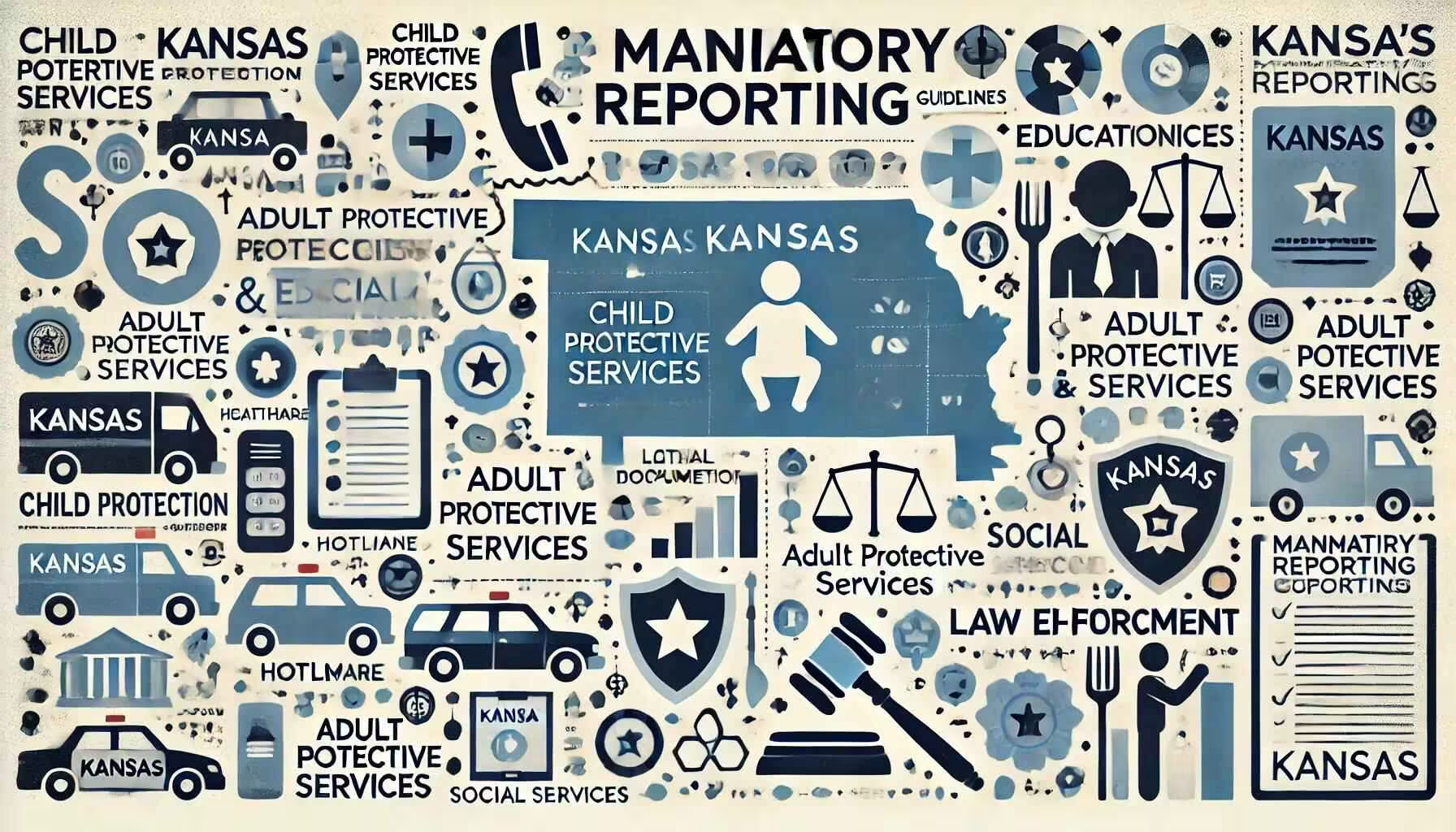Florida Man Live Streams His Own Car Chase

Explore the bizarre case of a Florida man live streams his own car chase, the social media impact, legal consequences, and ethical implications.” In today’s digital age, where anyone with a smartphone can broadcast their lives to the world in real-time, certain events that unfold on social media can capture the public’s imagination. One of the most bizarre and fascinating phenomena to emerge is the story of the infamous “Florida Man live streaming his own car chase.” This peculiar event brings together crime, technology, and an individual’s desire for attention, culminating in a dangerous, yet often perplexing series of events.
This blog post delves into the details surrounding this strange occurrence, exploring the circumstances of various incidents where Florida men live-streamed their own car chases, the social and psychological factors that drive such behavior, and the legal ramifications of broadcasting criminal activities live.
The Rise of the “Florida Man” Phenomenon
The Origin of “Florida Man”
The term “Florida Man” has become synonymous with bizarre, outlandish, and often criminal behavior. Stemming from real news headlines, the term is used to describe strange stories involving residents of the Sunshine State. The unique combination of Florida’s public records laws (which make police reports readily available to the media) and the state’s large population has contributed to the frequent appearance of bizarre crime stories in the news.
However, nothing epitomizes the surreal nature of the “Florida Man” phenomenon like the trend of individuals live-streaming their own crimes, particularly live-streaming their own car chases.
Social Media Meets Crime
With the rise of platforms such as Facebook Live, Instagram Live, and YouTube, live streaming has become a popular way for individuals to share real-time experiences with the world. While live streaming is often used to broadcast events like concerts or family gatherings, in some cases, individuals have used these platforms to document illegal activities.
In the case of Florida Man live streaming his own car chase, this trend has reached new levels of absurdity and danger. The motivations for such actions vary, but they typically involve a mix of social media attention-seeking and reckless thrill-seeking behavior.
Notable Incidents of Florida Man Live Streaming His Own Car Chase
1. Florida Man Live Streams Car Chase on Facebook
In one of the most infamous incidents, a Florida man decided to live stream his own car chase on Facebook. The chase began when police attempted to pull over the man for reckless driving, but instead of complying, he sped away at high speeds, all while holding his phone to broadcast the event. As he weaved through traffic and ran red lights, viewers on Facebook watched in real-time, commenting on his every move.
The live stream ended dramatically when the man crashed into another vehicle, and he was subsequently arrested. Despite the dangerous nature of the chase, the man gained a brief moment of internet fame, with his live stream being shared widely across social media.
2. Instagram Live Car Chase Turns Tragic
Another incident involved a Florida man live streaming his car chase on Instagram Live. This particular chase occurred when the man, wanted for an outstanding warrant, tried to evade police in a stolen vehicle. While live streaming, he interacted with viewers, even responding to comments during the chase. The thrill of the chase and the instant gratification of social media attention seemed to fuel his reckless behavior.
Unfortunately, the chase ended in tragedy when the man lost control of his vehicle, leading to a fatal crash. His live stream abruptly cut off, leaving viewers shocked and horrified. This incident raised serious questions about the ethics of live streaming dangerous situations and the responsibility of platforms to intervene when users broadcast criminal activities.
3. Snapchat Car Chase Captured by Florida Man
In yet another case, a Florida man used Snapchat to document his high-speed car chase. The man, who had been involved in a robbery earlier in the day, decided to evade capture by speeding through residential neighborhoods, all while filming his escape on Snapchat. The video clips, which were later shared by other users, showed him laughing and narrating his attempted getaway.
Despite his efforts, police eventually caught up with him, and he was arrested after a brief standoff. The use of Snapchat, with its disappearing messages, added a new layer to the incident, as law enforcement worked to recover the video evidence that had initially vanished after being posted.
Psychological Motivations Behind Live Streaming Car Chases
The Thrill of Instant Fame
One of the key factors behind the trend of Florida men live streaming their car chases is the desire for instant recognition and fame. In today’s world, where social media likes, comments, and shares are a form of social currency, many individuals are willing to go to extreme lengths to gain attention online. For some, live streaming a dangerous or illegal activity like a car chase provides an adrenaline rush, combined with the perceived reward of online fame.
Narcissism and Attention-Seeking Behavior
The decision to live stream a car chase is often driven by narcissistic tendencies, with the individual wanting to be the center of attention. The ability to control the narrative and engage directly with an audience while committing a crime can provide a sense of power. Florida men who live stream car chases may feel invincible, believing they are the stars of their own reality show.
Disconnection from Reality
Another psychological factor that may explain why some individuals choose to live stream their criminal activities is a disconnection from the real-world consequences of their actions. The instant feedback from viewers, combined with the thrill of being live, can cause individuals to momentarily forget the legal and physical dangers of a high-speed chase. This detachment from reality can lead to more reckless behavior, as they are focused on entertaining their online audience rather than considering the harm they are causing.
Legal and Ethical Ramifications
Legal Consequences for Live Streaming a Crime
Live streaming a crime, such as a car chase, does not shield individuals from legal consequences. In fact, it can often serve as key evidence in court. When Florida men live stream their car chases, they are essentially providing prosecutors with real-time video evidence of their crimes. In many cases, live-streamed footage has been used to enhance charges and secure convictions.
Common charges that result from live streaming a car chase may include:
- Reckless driving
- Fleeing and eluding law enforcement
- Endangerment of public safety
- Vehicular assault or manslaughter (if accidents occur)
Additionally, using social media platforms to broadcast criminal activities may lead to additional charges, such as cybercrimes or charges related to the misuse of public platforms.
The Role of Social Media Platforms
The role of social media platforms in these incidents is also worth exploring. Platforms like Facebook, Instagram, and Snapchat have terms of service that prohibit users from live-streaming illegal activities. However, given the real-time nature of these streams, it can be difficult for platforms to intervene quickly enough to stop the broadcasts.
In some cases, platforms have been criticized for not acting swiftly enough to shut down live streams of criminal activities. While most platforms have systems in place to report and remove inappropriate content, the challenge lies in identifying and stopping live streams before serious harm is done.
Ethical Questions for Viewers and Bystanders
There are also ethical questions surrounding the behavior of viewers who engage with and encourage individuals during live-streamed car chases. In many incidents, viewers leave comments urging the Florida man to continue evading the police or engage in more reckless behavior, turning a dangerous situation into entertainment. This raises concerns about the social responsibility of online audiences and whether they should be held accountable for encouraging illegal activities.
The Broader Implications of Live Streaming Crime
A Dangerous Trend
The trend of live streaming car chases is not limited to Florida; however, the state’s reputation for bizarre and reckless criminal behavior has made these incidents particularly noteworthy. As more individuals turn to social media to document their illegal activities, law enforcement faces new challenges in addressing these crimes in real time. The combination of technology and crime has created a new type of public spectacle, where real-life danger is broadcast for entertainment.
The Influence of Media and Culture
Some experts argue that the media’s fascination with these incidents, coupled with the viral nature of “Florida Man” stories, has contributed to the normalization of this behavior. The more these stories are shared and discussed, the more likely it is that others will attempt to replicate the actions for their own moment of internet fame.
How Law Enforcement is Adapting
Real-Time Monitoring and Response
To combat the trend of live-streamed car chases, law enforcement agencies are increasingly using technology to monitor social media platforms in real time. By working with social media companies and using software to track live streams, police are better able to respond to incidents as they unfold.
Legal Reform and Sentencing Enhancements
In response to the growing number of crimes being live-streamed, some jurisdictions are considering legal reforms that would impose harsher penalties on individuals who broadcast their crimes. These reforms may include enhanced sentences for those who use live streaming as a tool to promote or glorify their illegal activities.
The Dangers of Live Streaming Car Chases
The phenomenon of Florida man live streaming his own car chase is a striking example of how social media, crime, and modern technology have intersected in dangerous ways. While the motivations behind such actions are complex and often rooted in a desire for attention, the real-world consequences can be devastating. High-speed chases put lives at risk, and live-streaming these events adds an element of spectacle that can encourage even more reckless behavior.
As social media continues to evolve, it is crucial for both law enforcement and platform providers to adapt and find ways to prevent the live streaming of dangerous activities. The public, too, must grapple with the ethical implications of watching and engaging with these broadcasts. Ultimately, Florida man live streaming his car chase serves as a cautionary tale about the intersection of
crime, social media, and the human desire for attention.
The phenomenon of individuals broadcasting their own crimes live for the world to see highlights the growing impact of digital platforms on behavior, and it raises serious concerns for society as a whole. While these live streams may momentarily attract viewers and stir curiosity, the aftermath—whether in the form of arrests, injuries, or even deaths—reminds us of the very real consequences of such reckless actions.
FAQs on Florida Man Live Streaming His Own Car Chase
1. Why do Florida men live stream their own car chases?
Florida men may live stream their car chases due to a combination of psychological and social factors. Some are motivated by the desire for instant online fame, seeking attention and validation from viewers. Others may be driven by thrill-seeking behavior, where the adrenaline rush of escaping the police is amplified by the public’s engagement with their broadcast. In certain cases, narcissism and a disconnection from reality also contribute to this dangerous trend.
2. Are live-streamed car chases a common occurrence in Florida?
While live-streamed car chases are not an everyday occurrence, Florida has gained notoriety for unusual and often bizarre criminal behavior, giving rise to the “Florida Man” phenomenon. This includes a few high-profile cases where individuals broadcast their car chases in real time. While not common, the incidents receive widespread media coverage due to their sensational nature.
3. Can someone be arrested for live streaming a car chase?
Yes, live streaming a car chase does not protect individuals from legal consequences. In fact, the live stream can serve as critical evidence in court. Authorities can use the video footage to charge the individual with crimes such as reckless driving, fleeing law enforcement, and endangering public safety. In some cases, additional charges may be brought for using social media platforms to broadcast illegal activities.
4. What role do social media platforms play in these incidents?
Social media platforms, such as Facebook, Instagram, and Snapchat, have terms of service that prohibit the broadcasting of illegal activities. However, the real-time nature of live streaming makes it difficult for platforms to intervene before the broadcast ends. While platforms may remove content and suspend accounts after the fact, there are ongoing discussions about how to better monitor and prevent such incidents from being shared in the first place.
5. Can viewers of a live-streamed car chase face legal consequences?
While it is rare for viewers to face legal consequences simply for watching a live stream, those who actively encourage illegal activities during the broadcast—through comments or direct interaction with the individual—may be seen as complicit in the crime. Law enforcement agencies and legal experts are still navigating the complexities of holding audiences accountable for promoting or encouraging criminal acts online.
6. What happens if a car chase ends in a fatal crash during a live stream?
In the unfortunate event that a car chase ends in a fatal crash, the live stream often becomes evidence in a criminal investigation. Depending on the circumstances, the driver may face charges of vehicular manslaughter or second-degree murder if their reckless actions led to the death of another person. The tragic end of these live-streamed chases also serves as a somber reminder of the dangers involved, not only for the individuals directly participating but also for innocent bystanders.
7. Why does Florida have so many “Florida Man” stories?
Florida’s unique combination of public record laws (which make police reports easily accessible), a large and diverse population, and a media environment eager for sensational stories contributes to the abundance of “Florida Man” headlines. The state’s open public records laws often make the details of crimes available to journalists before they would be in other states, allowing for the frequent publication of bizarre and sometimes humorous crime stories.
8. How do authorities respond to live-streamed car chases?
Law enforcement agencies are becoming increasingly aware of the trend of live-streamed car chases and are adapting their tactics to monitor and respond to these incidents in real time. By working with social media companies and using software that tracks live streams, police can intervene more quickly. Additionally, many agencies have created special divisions focused on monitoring social media platforms to detect and respond to criminal activity.
9. What legal reforms are being considered to address live-streamed crimes?
Some jurisdictions are considering legal reforms that would impose harsher penalties on individuals who live stream their crimes, particularly those who broadcast high-speed chases and other dangerous activities. These reforms may include enhanced sentences for using social media to promote or glorify illegal behavior, as well as potential new laws aimed at holding platforms accountable for allowing such content to be broadcast.
10. How can viewers report a live-streamed crime?
If viewers come across a live stream that depicts illegal activity, they can report the content directly to the social media platform hosting the stream. Most platforms have reporting tools designed for flagging inappropriate or criminal behavior. Additionally, viewers can contact local law enforcement with information about the broadcast to alert authorities in real time, potentially helping to prevent further harm.
Conclusion: The Complexities of Florida Man and Live Streaming Crimes
The curious case of Florida men live streaming their own car chases illustrates the intersection of crime, social media, and modern culture. While these incidents may capture public attention and provide momentary internet fame for those involved, the real-world consequences are often far more serious. From reckless driving and dangerous high-speed chases to fatal accidents and legal ramifications, the actions of those who choose to live stream their criminal activities create a perilous situation for all involved.
As law enforcement agencies and social media platforms work to address this trend, it remains critical for the public to consider the ethical implications of engaging with these broadcasts. Rather than encouraging dangerous behavior for entertainment, viewers and social media companies alike must recognize the real dangers at play and take steps to prevent these incidents from becoming a form of public spectacle.
In the end, the story of the Florida man live streaming his own car chase serves as a stark reminder of how technology, crime, and society have intertwined in ways that both entertain and endanger.
FAQs
- Why do people live stream their own car chases?
Many individuals live stream car chases for attention, thrill-seeking, or a desire for instant online fame. - Can someone be arrested for live streaming a car chase?
Yes, live streaming a car chase doesn’t protect individuals from being arrested. It can serve as evidence against them. - Are live-streamed car chases common in Florida?
While not common, Florida has had a few high-profile cases, contributing to its “Florida Man” reputation. - How do police respond to live-streamed chases?
Authorities monitor live streams in real time and use them to track suspects more quickly. - What happens if a car chase ends in a crash on a live stream?
If a crash occurs, the live stream may be used as evidence in legal proceedings, and drivers can face serious charges.
Read Previous Article: Atomization Technology



One Comment